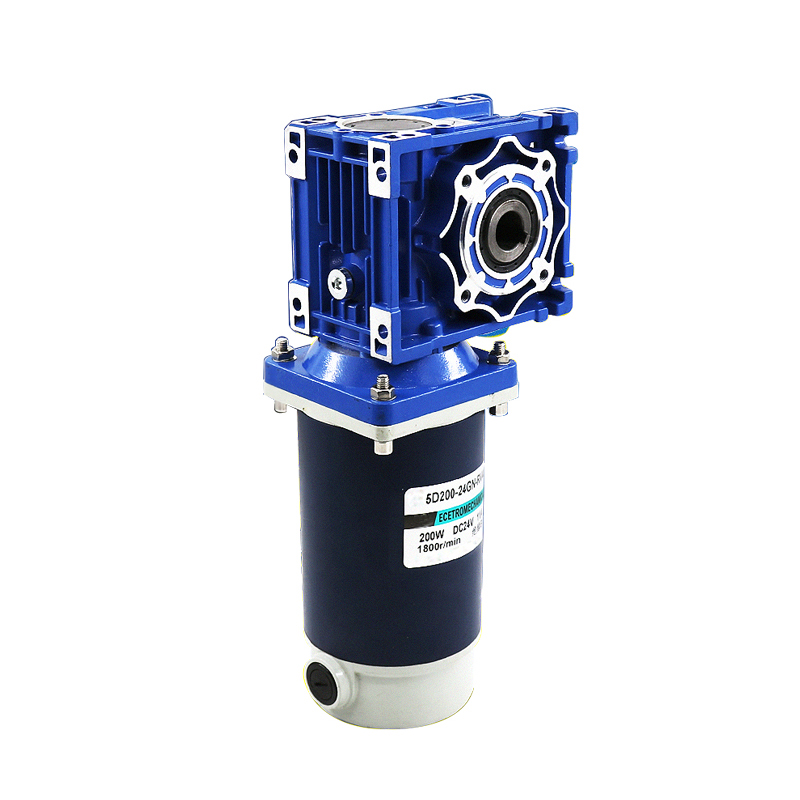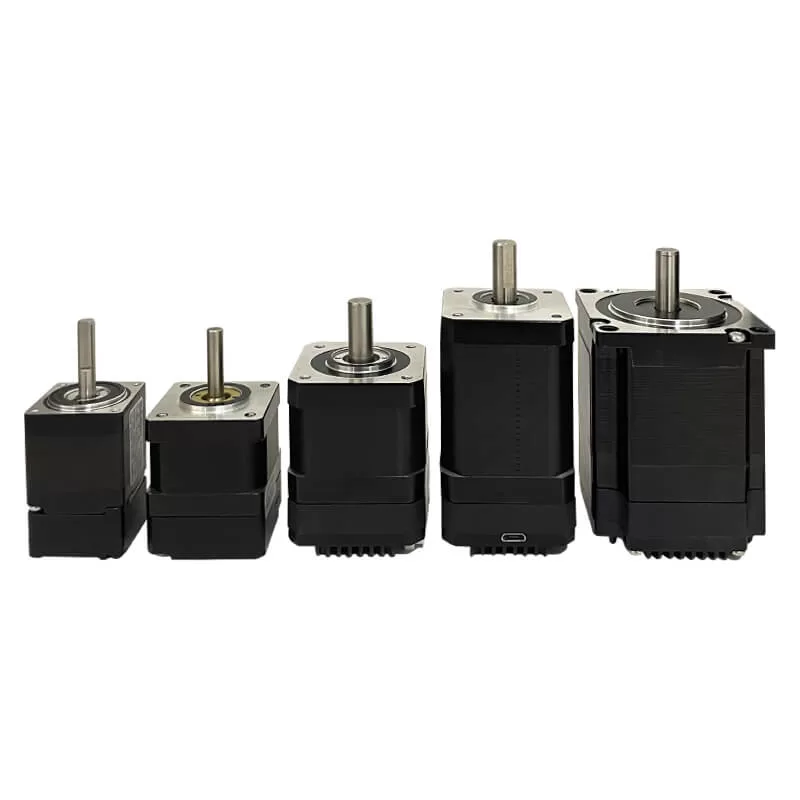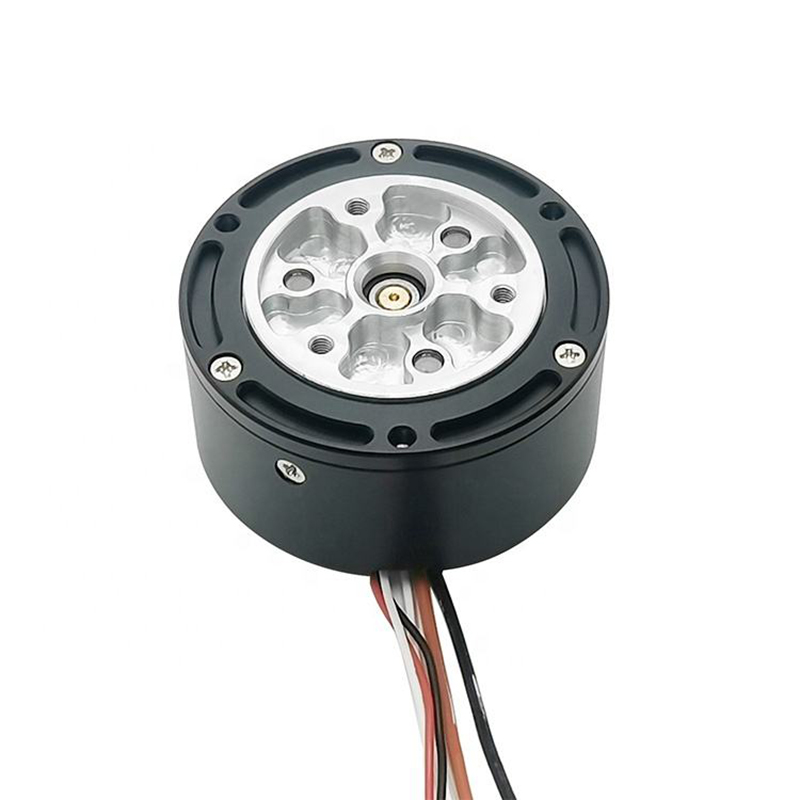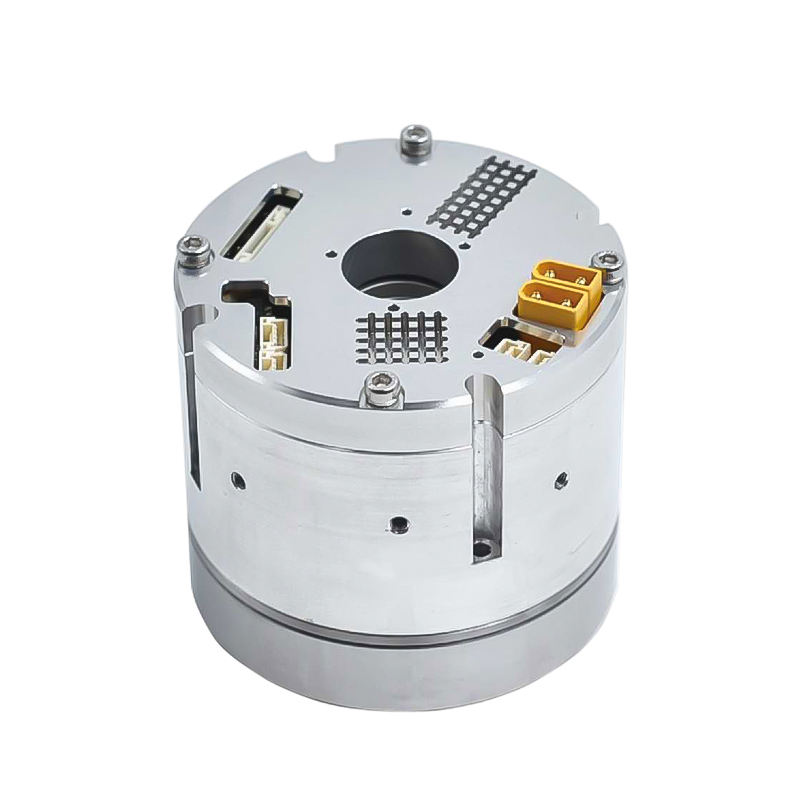Compared with the sine wave drive, the brushless DC motor square wave drive has the advantages of simplicity, low cost, and high material utilization, but it has the disadvantages of large torque ripple. However, with good design and control, square wave drives can reach the level of brushed DC servo motors and are suitable for systems with average performance.
Main advantages of square wave drive:
- The square wave driven rotor position sensor has a relatively simple structure and low cost;
- The position signal only needs to be logically processed, the current link structure is relatively simple, and the overall cost of the servo driver is low;
- The servo motor has an effective and high material utilization rate. Under the condition of equal effective materials, the output torque of the motor in the square wave working mode can be increased by approximately 15%.
Main disadvantages of square wave drive:
- Large torque fluctuation;
- When operating at high speed, the rectangular current wave will undergo greater deformation, which will cause a decrease in torque;
- The stator magnetic field rotates discontinuously, and the additional loss of the stator core increases.
However, the torque ripple of a well designed and controlled square wave driven brushless DC motor can reach the level of a brushed DC servo motor. Torque ripple can be suppressed by high-gain speed closed-loop control to obtain good low-speed performance, so that the speed regulation ratio of the servo system can also reach 1:10000. It has a good price/performance ratio, and it is easier for people with experience in adjusting brush DC servo systems to accept this square wave driven servo system. Therefore, servo motors and servo drives with this driving method are still one of the ideal driving components for industrial robots, CNC machine tools, and various automated machinery.
All in all, general-performance speed control systems and low-resolution position servo systems can use brushless DC motors, while high-performance speed servo and robot position servo applications should use permanent magnet synchronous motors. When the cost is lower, brushless DC motors have a major speed advantage over permanent magnet synchronous motors.











